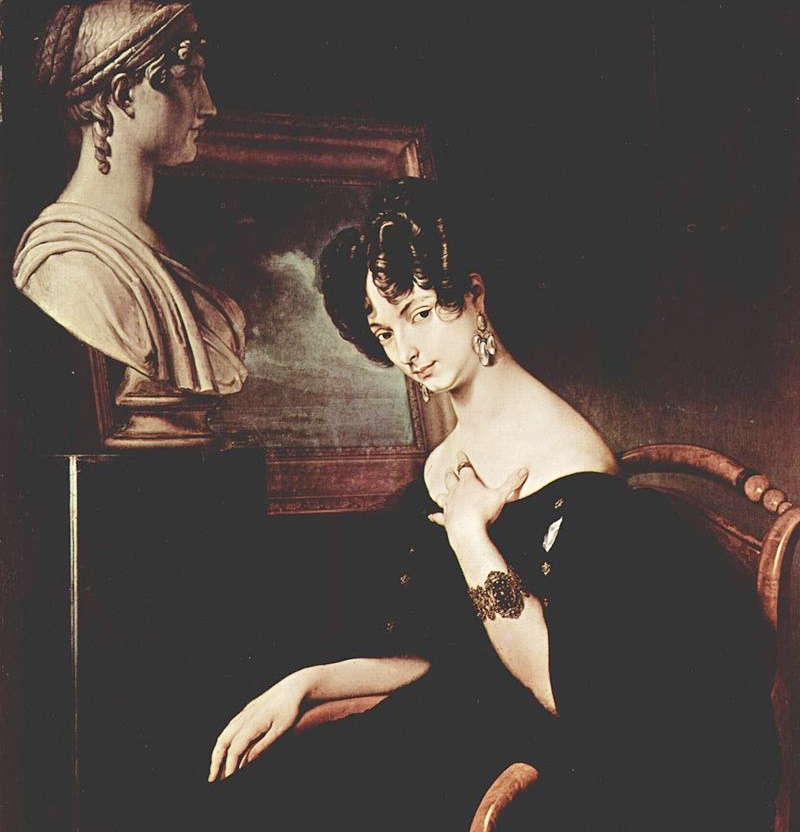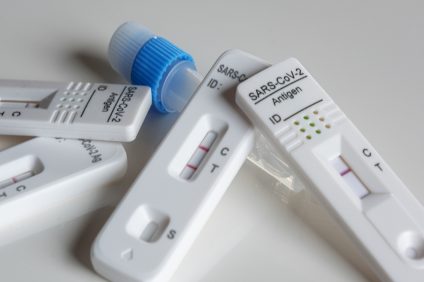Italian pioneer women, those who have always been among the first in history to organize themselves to treat the sick, even in major epidemics.

Rich or poor, beautiful or not, however Italian women, forerunner and inspirers of the Red Cross women, they taught how to cure the sick.
Pioneer Italian women
When we talk about the "Nun of Monza", we stop at that murky nun guilty of serious crimes walled up alive. Yet many are unaware that Sister Agnes, who tried to escape imprisonment by drawing a soldier's sword and brandishing it; had a sequel. Agnes came out of detention totally changed, received pardon from Cardinal Borromeo and went to a convent in Milan, where he dedicated the rest of his life to his neighbor.

The Manzoni nun managed to escape the plague epidemic in Milan, but not only that, she helped many girls, and showed courage, in facing the terrible plague. Milan was cut down, but Sister Agnese worked and came out unscathed.
Italian women pioneer nurses
Courtesans such as Fiammetta Michaelis, Giulia Campana and their daughters Tullia d'Aragona and Penelope, lavished large sums for the hospitalization of the sick. Vannozza Cattanei herself, mother of Lucrezia Borgia, a rich business woman, led a life of penance after the death of her children. He joined the Confraternity of the Gonfalone, to whom he left all his possessions after death.

The story of Christine Trivulzio, or rather the princess who "invented" the Red Cross. Cristina di Belgioioso was also a nurse. During the siege of Rome in 1849 he made twelve hospitals efficient. Like a boss distribution, he enlisted three hundred among noblewomen, bourgeois and prostitutes to assist the sick. All the sick and wounded until then were only followed by porters and porters. The first woman of the Italian Risorgimento; our most important patriot of the Risorgimento is the true creator of nursing care.
Christina of Belgioioso
This initiative dates back at least six years before purchasing, by Florence Nightingale. In June 1859, following the acclamation at the Scala of Vittorio Emanuele II and Napoleon III, the Belgioioso hastened to treat the wounded in the Magenta carnage. Many Italians still remember Queen Elena. The sovereign devoted a large part of her life to treating the sick. Not only that, she went around accompanied by a driver and if necessary, she stopped and helped women to give birth.

She was a good midwife, since as a young girl, she had helped her mother to give birth to some of her siblings. Furthermore, on December 28, 1908, in Reggio Calabria and Messina there was a terrible earthquake and tsunami and the queen intervened. Elena of Savoy immediately dedicated herself to rescue, as photographs of the time show. The rescuers had decided not to dig anymore in search of survivors, but the queen arrived and ordered them to search again and many lives were saved.
Elena of Savoy
Queen Elena studied medicine and received an honorary degree. He financed charitable works in favor of encephalitics, for poor mothers, for tuberculosis, for ex-combatants. In addition, the Savoy sovereign was the first to do her utmost to cure cancer patients, so then there was no hope. Commitment to disease was a duty that Queen Elena felt deeply, in fact, it promoted initiatives for the training and professional updating of doctors. He also believed in the training of health workers. The queen also took care of the research against poliomyelitis, for Parkinson's disease. Nonetheless, the Supreme Pontiff Pius XI, in 1937 awarded her the Golden Rose of Christianity. This is the most important honor of the time, for a woman from the Catholic Church. Pope Pius XII in the message of condolences sent to his son Umberto II for the death of Elena, finally defined her as the "Lady of beneficial charity".
# Italian in the heart




